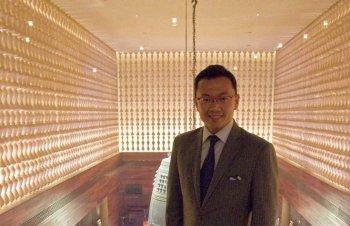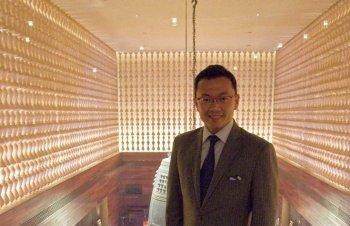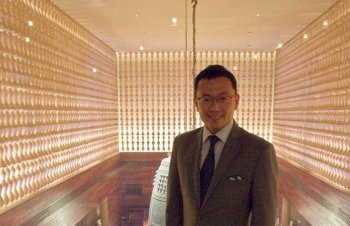A new Japanese culinary wind blows in New York City. Dismiss the word sushi for the moment and open your mind to new gustatory experiences at MEGU (meaning blessing), a fine dining venue headed by Hiro Nishida, a Tokyo native, President and CEO of Food Scope America, Inc. The establishment prides itself on the use of only the finest ingredients in their extensive menu and introduces the diners to various Japanese-style cuisines from different regions in Japan such as Kaiseki and Kyodo.
It is not merely the menu that excites. The interior also leaves the diner with an unforgettable impression. Respected Japanese interior designer Yasumichi Morita blended modern design with traditional modes of Japanese décor: white porcelain columns consisting of 5,000 interlocking rice bowls, sake vases lining the upper walls overlooking an 800-pound temple bell hanging above a Buddha ice carving. The ice sculpture rests in a shallow pond, in which float red rose petals. Nishida graciously consented to an interview.
Restaurateur Hiro Nishida: Serves up the Makings of a New MEGU Empire
A new Japanese culinary wind blows in New York City.

In the hall of 5,000 interlocking porcelain bowls. Megu's interior is a study in aesthetics. The Epoch Times
|Updated:





